Exhibition dates: 6th May – 26th July 2015
Curators: Antonio Pinto Ribeiro, Ludger Derenthal and Samuel Titan Jr.
Thomaz Farkas (Hungarian-Brazilian, 1924-2011)
Monumental steps of the gallery Prestes Maia, São Paulo
Escalier monumental de la Galerie Prestes Maia, São Paulo
1946
Gelatin Silver photograph
Courtesy of the artist and the Instituto Moreira Salles
Another exhibition on an unusual subject that this website likes supporting: this time Brazilian photography, of which I know very little.
The feeling I get from the photographs in this posting is of an overwhelming interest in avant-garde, urban photography and humanist photography. The standout is the work of José Medeiros (1921-1990), especially the two photographs of an initiation ritual in Salvador. Their force majeure, their irresistible compulsion (presence, ritual), composition and complexity stand them head and shoulders above any of the other works in the posting.
Marcus
.
Many thankx to the Fondation Calouste Gulbenkian for allowing me to publish the photographs in the posting. Please click on the photographs for a larger version of the image.
Thomaz Farkas (Hungarian-Brazilian, 1924-2011)
Copacabana Beach, Rio de Janeiro
Plage de Copacabana, Rio de Janeiro
1947
Gelatin Silver photograph
Courtesy of the artist and the Instituto Moreira Salles
Thomaz Farkas (Hungarian-Brazilian, 1924-2011)
Tiles, São Paulo
Tuiles, São Paulo
1945
Gelatin Silver photograph
Courtesy of the artist and the Instituto Moreira Salles
Thomaz Farkas (Hungarian-Brazilian, 1924-2011)
Interior façade of the building São Borja, Rio de Janeiro
Façade intérieure du bâtiment São Borja, Rio de Janeiro
c. 1945
Gelatin Silver photograph
Courtesy of the artist and the Instituto Moreira Salles
Thomaz Farkas (Hungarian-Brazilian, 1924-2011)
Construction Site, Brasília
Chantier de construction, Brasília
c. 1958
Gelatin Silver photograph
Courtesy of the artist and the Instituto Moreira Salles
Hans Gunter Flieg (Brazilian, b. 1923)
Construction engines in Villares plant, São Caetano do Sul, São Paulo
Construction de moteurs à l’usine Villares, São Caetano do Sul, São Paulo
1960
Contemporary digital print
Courtesy of the artist and the Instituto Moreira Salles
Hans Gunter Flieg (Brazilian, b. 1923)
Brown Boveri Electric Industry S / A Osasco, São Paulo
Industrie Electrique Brown Boveri S/A Osasco, São Paulo
c. 1960
Contemporary silver gelatin print
Courtesy of the artist and the Instituto Moreira Salles
Hans Gunter Flieg (Brazilian, b. 1923)
Mercedes Benz booth at the International Exhibition of Industry and Commerce São Cristóvão (project Henri Maluf), Rio de Janeiro
Stand de Mercedes Benz lors de l’Exposition internationale d’industrie et de commerce de São Cristovão (projet de Henri Maluf), Rio de Janeiro
1960
Contemporary silver gelatin print
Courtesy of the artist and the Instituto Moreira Salles
Hans Gunter Flieg (Brazilian, b. 1923)
Eletroradiobras Store (architectural project Majer Botkowski), São Paulo
Magasin Eletroradiobras (projet architectural de Majer Botkowski), São Paulo
c. 1956
Contemporary silver gelatin print
Courtesy of the artist and the Instituto Moreira Salles
History has taught us that cosmopolitism, people’s mobility and globalised artistic movements are not necessarily recent phenomenons. The exhibition titled Modernités. Photographie brésilienne (1940-1964) aims to demonstrate how contemporaneity does not emerge from a void but is built via continuities and ruptures. At the beginning of the 1940s, during the Second World War, Brazil was a destination of choice for thousands of emigrants. The country went through a unique modernisation process affecting all sectors of Brazilian society.
The exhibition explores this extraordinary transformation through the eyes of four photographers with very different styles and sensibilities. Marcel Gautherot (1910-1996) was a Parisian from a working class background who greatly admired Le Corbusier and Mies van der Rohe’s work; he had access to Brasília as early as 1958, thanks to his friendship with Oscar Niemeyer. Hans Gunter Flieg (1923) fled nazism as a German Jew and came to Brazil in 1939 where he specialised in photographing industries. Thomas Farkas (1924-2011), a Hungarian who emigrated to Brazil, is probably the most well-known of these four photographers, and the most avant-garde of this group since he was interested in photography as a work of art from a very young age. Finally, José Medeiros (1921-1990), a photojournalist who was born in a poor State with very little cultural tradition, had learnt photography by working with the Carioca newspapers. He was attentive to the changes and ruptures in all the social classes.
This exhibition allows the perception of a moment in history: the untouched Amazonia, the beaches and daily life in Rio de Janeiro, as well as the carnival, football, African religions and their initiation rituals, river ports and the Northern fishermen, industries and factories, baroque churches, Indian tribes, mechanical machinery, popular festivals, modernist buildings and Brasília, the new capital. These wide ranging themes sketch a portrait of Brazil during a particular era that ended with the beginning of the military dictatorship in 1964. Through the lens of these four artists whose practices and origins were so diverse, we can also anticipate notions of alterity and cosmopolitism that define our world today.”
Press release from the Fondation Calouste Gulbenkian website
Modernités. Photographie brésilienne (1940-1964)
Marcel Gautherot (Brazilian born France, 1910-1996)
Maracanã Stadium, Rio de Janeiro
Stade du Maracanã, Rio de Janeiro
c. 1967
Contemporary silver gelatin print
Courtesy of the artist and the Instituto Moreira Salles
“Photographs by Marcel Gautherot present with pungent and sharp clarity the contrast between the apparent purity of geometric shapes and the modes of rustic and manual labour… ”
.
Luiz Renato Martina
Marcel Gautherot (1910-96) was a great master of twentieth-century photography, best known for his documentation in some three-thousand images of the construction of the Brazilian capital city Brasilia from 1958 to 1960. Nevertheless, his work remains relatively little known. Even those who are familiar with his beautiful photographs of the construction of Oscar Niemeyer’s Brasilia may be surprised to learn that he produced such a large and strikingly diverse body of work.
The first book to look back on Gautherot’s entire career, Marcel Gautherot: The Monograph takes readers through the architect and photographer’s time as an apprentice in Paris, where he attended evening classes and took an ardent interest in Esprit Nouveau and the Bauhaus, as well as their proponents, including Walter Gropius, Ludwig Mies van der Rohe, and Le Corbusier. In the 1930s, Gautherot abandoned his studies in architecture to follow his passion for photography. This led him to travel extensively, and he eventually came to live and work in the city of Rio de Janeiro, where he was welcomed by a circle of artists and intellectuals who became important figures in Brazilian culture, including the architects Oscar Niemeyer and Roberto Burle Marx.
Text from the Amazon website
Marcel Gautherot (Brazilian born France, 1910-1996)
Palace of the National Congress, Brasília
Palais du Congrès National, Brasília
1960
Contemporary silver gelatin print
Courtesy of the artist and the Instituto Moreira Salles
Marcel Gautherot (Brazilian born France, 1910-1996)
Palace of the National Congress, Brasília
Palais du Congrès National, Brasília
1960
Contemporary silver gelatin print
Courtesy of the artist and the Instituto Moreira Salles
Marcel Gautherot (Brazilian born France, 1910-1996)
Jangadeiro, Aquiraz Ceará
Jangadeiro, Aquiraz Etat du Ceará
1950
Contemporary silver gelatin print
Courtesy of the artist and the Instituto Moreira Salles
Marcel Gautherot (Brazilian born France, 1910-1996)
Indian
México, 1936-1937
Contemporary silver gelatin print
Courtesy of the artist and the Instituto Moreira Salles
Marcel Gautherot (Brazilian born France, 1910-1996)
Fishermen at Ilha Mexiana, Chaves, PA. Brazil
c. 1943
Contemporary silver gelatin print
Courtesy of the artist and the Instituto Moreira Salles
Marcel Gautherot (Brazilian born France, 1910-1996)
Festivities in the Ribeira district, Salvador
c. 1958
Contemporary silver gelatin print
Courtesy of the artist and the Instituto Moreira Salles
José Medeiros (Brazilian, 1921-1990)
Man sitting in a cafe, probably in Northeast Brazil
Homme assis dans un café, probablement dans le Nordeste
Nd
Contemporary silver gelatin print
Courtesy of the artist and the Instituto Moreira Salles
José Medeiros (Brazilian, 1921-1990)
José Medeiros was a Brazilian reporter-photographer and director of photography, born in 1921 in Teresina, in the Sertão of Northeastern Brazil, and died in 1990 in L’Aquila, Italy. He is considered a master of photojournalism in his country.
He was born in 1921, and was the oldest of five children. He had a brother and three sisters. He was twelve years old when his father, an art enthusiast and amateur photographer, taught him photographic development and printing. He began to photograph family friends using a Fox Kodak donated by his godfather. With the money he earned, he bought a German camera in 9 x 12 format from his father. His first commission was to photograph a local politician, but the mission was cut short.
His family moved to Rio in 1939. He was eighteen and enrolled in a preparatory course to enter university and study architecture. He was not received at the university, so he continued to do photography and set up a shooting studio in his apartment in parallel with a job in the postal service and then in the national coffee department. He began to make portraits of important artists of the time and became known for this work. He was quickly offered contracts for the reviews Tabu, Rio and Sombra. He resigned from public service and married in 1948.
He is one of the first photographers to have met, in 1949, the populations of Xavantes Indians, most of whom had never been in contact with the rest of Brazil. In 1956, he met the French photographer Jean Manzon who integrated him into the team of the illustrated newspaper O Cruzeiro for which he would collaborate for fifteen years. This magazine is innovative in the place given to photography, like its colleagues Life and Paris Match.
His work reflects the many facets and transformations of Brazilian society in the 1940s and 1950s.
In 1962, he left O Cruzeiro to found a photographic agency with photographer Flávio Damm. From the 1960s, José Medeiros also had an important cinematographic career as director of photography and worked for the most prestigious filmmakers of the Brazilian Cinema Novo. Director Glauber Rocha considers that “he is the only one who has known how to translate Brazilian light.”
While participating in a 1990 Brazilian culture festival in the Italian city of L’Aquila, José Medeiros died of a heart attack at the age of 69.
The photographic work of José Medeiros, which has more than 20,000 photos, is kept at the Instituto Moreira Salles in Rio de Janeiro.
Text translated from the French Wikipedia website
José Medeiros (Brazilian, 1921-1990)
Carnival in the nightclub Au Bon Gourmet, Rio de Janeiro
Carnaval dans la boîte Au Bon Gourmet, Rio de Janeiro
1952
Contemporary silver gelatin print
Courtesy of the artist and the Instituto Moreira Salles
José Medeiros (Brazilian, 1921-1990)
Novice during the initiation ritual of the holy daughters, Salvador
Novice pendant le rituel d’initiation des filles-de-saint, Salvador
1951
Contemporary silver gelatin print
Courtesy of the artist and the Instituto Moreira Salles
José Medeiros (Brazilian, 1921-1990)
Oscar Niemeyer, Vinicius de Moraes, his wife Lila and Tom Jobim Bôscoli (background), behind the scenes of the first performance of Orfeu da Conceição, Rio de Janeiro
Oscar Niemeyer, Vinicius de Moraes, son épouse Lila Bôscoli et Tom Jobim (au fond), dans les coulisses de la première représentation de Orfeu da Conceição , Rio de Janeiro
1956
Contemporary silver gelatin print
Courtesy of the artist and the Instituto Moreira Salles
José Medeiros (Brazilian, 1921-1990)
Novice painted with white dots that allude to Oxalá, the god of creation, and with red feathers (ekodidé), the initiation ritual, Salvador
Novice peinte de points blancs qui font référence à Oxalá, dieu de la création, elle porte la plume rouge (ekodidé) du rituel d’initiation, Salavador
1951
Contemporary silver gelatin print
Courtesy of the artist and the Instituto Moreira Salles
José Medeiros (Brazilian, 1921-1990)
Pedra da Gávea, Morro dos Dois Irmãos and the beaches of Ipanema and of Leblon, Rio de Janeiro
c. 1955
Contemporary silver gelatin print
Courtesy of the artist and the Instituto Moreira Salles
José Medeiros (Brazilian, 1921-1990)
Woman on a bicycle crossing the railroad tracks, Rio de Janeiro
Femme à vélo traversant les rails du tramway, Rio de Janeiro
1942
Contemporary silver gelatin print
Courtesy of the artist and the Instituto Moreira Salles
Fondation Calouste Gulbenkian – Délégation en France
54, Bd Raspail
75006 Paris
Opening hours:
Monday, Wednesday, Thursday and Friday from 9am – 6pm
Saturday and Sunday from 11am – 6pm
Closed Tuesday




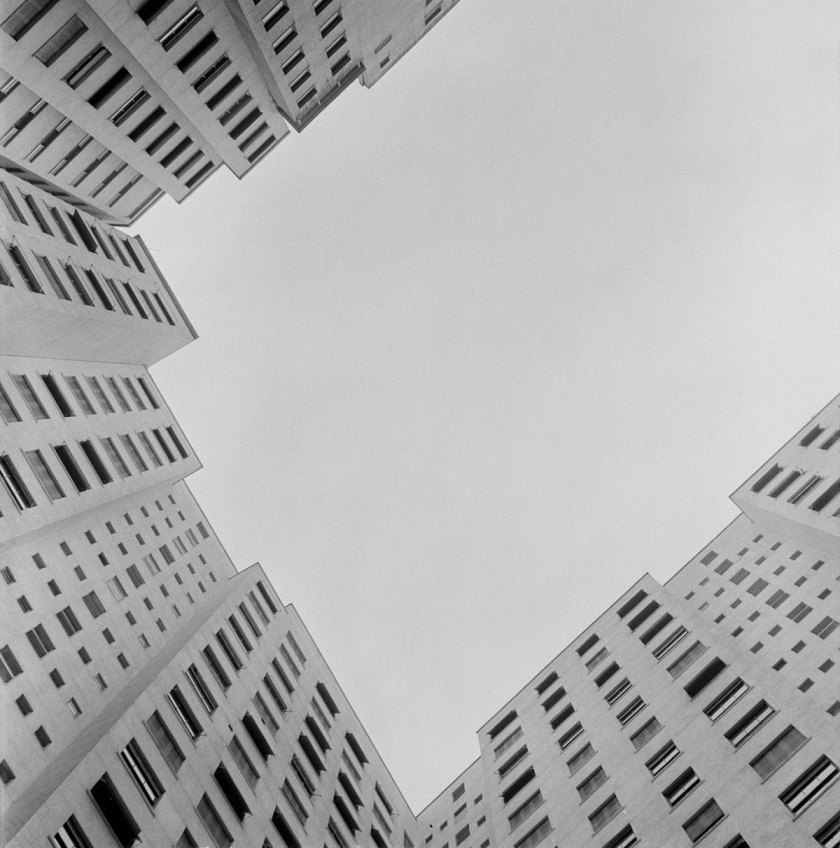

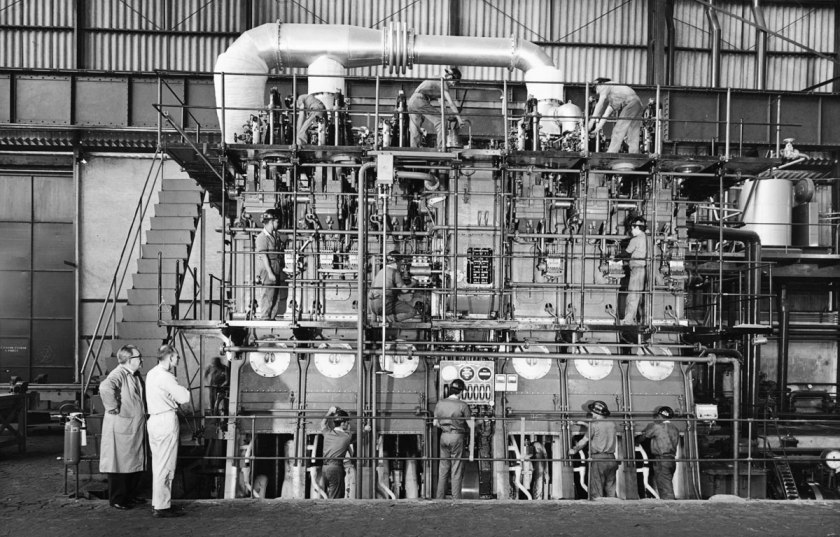





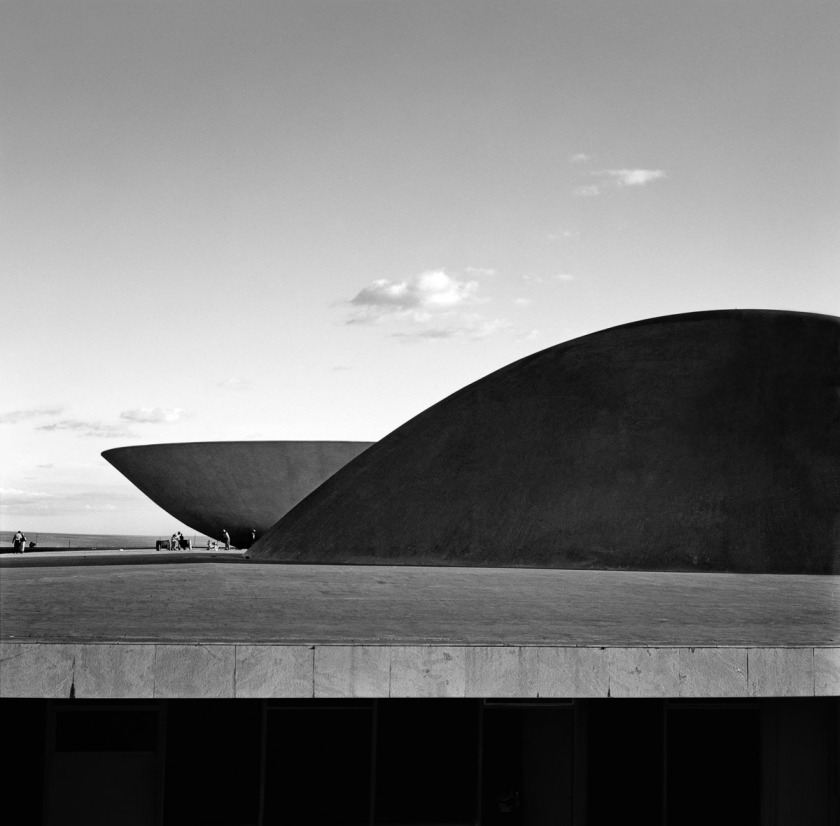

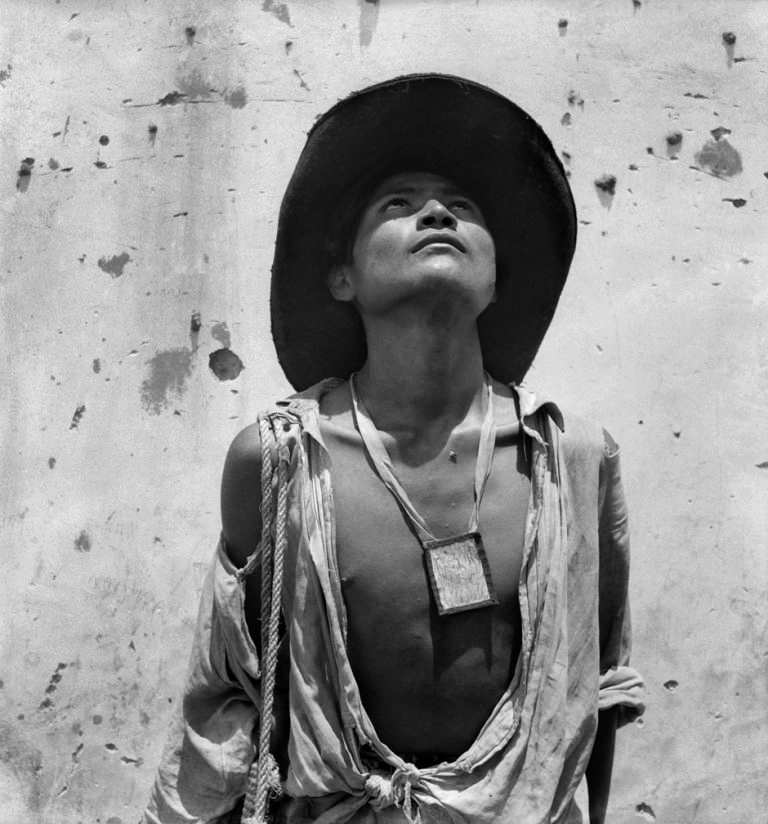

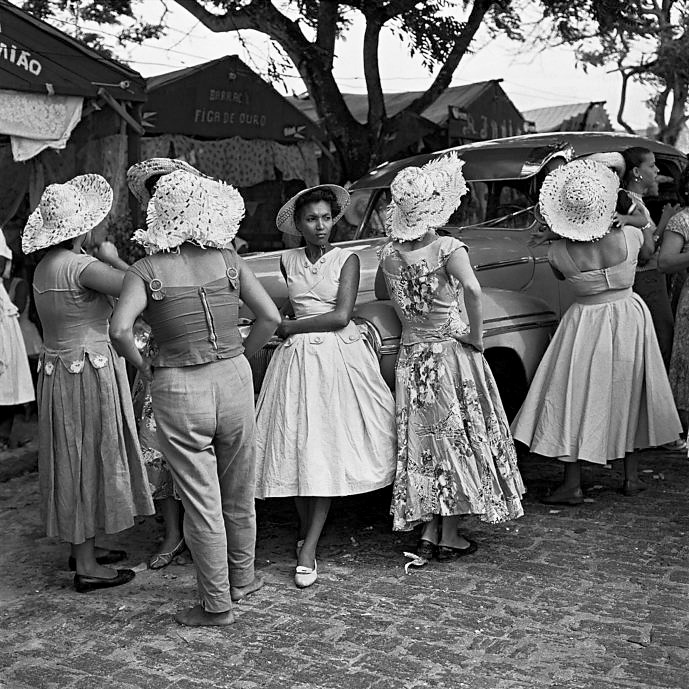







You must be logged in to post a comment.